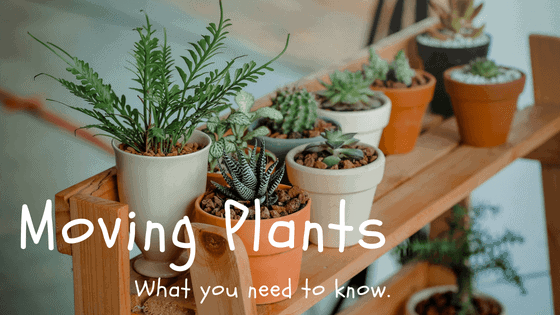Moving to a new state soon? Have you realized that you may or may not be able to bring all of your prized plants that you lovingly took care of for the past few months or even years? Well, sorry to break it to you, but you may need to leave some of them behind depending on the kind of plants you have and the state you are moving into.
Some species can cause serious damage to the local ecosystem in your new home state. So, local regulators have placed restrictions on plant species that may bring disease or pests into the area.
But don’t worry!
Before you bid goodbye to your beloved plants prematurely, let us help you understand why some plants can’t be taken across some states and how to plan accordingly. So read on!
Why do states regulate moving plants?
Most people think that moving household plants isn’t a big deal. But in reality, there are state and federal regulations that specifically deal with moving plants. So it may not be as easy as you think. It is crucial that government officials regulate moving plants so as they can handle and prevent disease outbreaks and insect infestations.
Anyone who grew up in the southeastern US has probably seen kudzu growing on the side of the road. It was brought to the area years ago and is considered to be an invasive species. It’s a perfect example of why State governments want to be careful about which plants are brought into their local ecosystems. Invasive plants can crowd out local species, causing all kinds of issues to the local environment.
How do some states regulate moving plants?
- Only indoor plants are allowed to move into some areas.
- All potted plants should have fresh and sterile potting soil.
- Plant inspections are sometimes made.
- Plants might undergo a quarantine period.
- If you’re unaware of the existing regulations on moving plants and you decided to move them with you, they might be confiscated at borders.
- Some states have stricter regulations that may ban some plants altogether.
What should you do?
-Check with the State’s Department of Agriculture
Be well-informed on the state guidelines of each State you’ll be driving through or into. You may check with the State’s Department of Agriculture or the Department of Natural Resources.
-Check with Your Current State’s Department of Agriculture
It may sometimes be difficult to gather information from all the different states that you may need to pass through. If this is the case, you can always check with your current state’s Department of Agriculture. They should be able to guide you on the process or provide you with some helpful resources.
Tips on moving plants.
- Don’t try to sneak in prohibited plants or be ready to pay hefty fines if you got caught.
- Decide on gifting them to a friend or a family member who can take good care of them for you instead of moving them.
- Be sure to follow all state’s guidelines in preparing your plants for the move.
- Plan ahead to account for any inspections that need to be made.
- Pack plants in a way that they are easily accessible.
- If you don’t want to go through the stress of figuring out all the regulations, you can opt to ship your plants separately and let the shipping company deal with the rest of the processes.
- Consider hiring professional movers. It will save you a lot of time and headache.
Remember, if you’re in doubt, check with your State’s Department of Agriculture before moving your houseplants across state lines.


